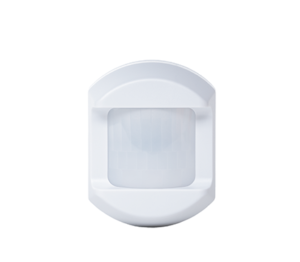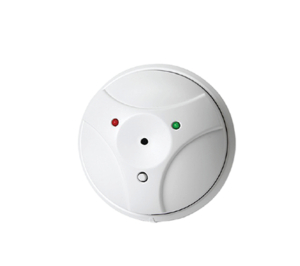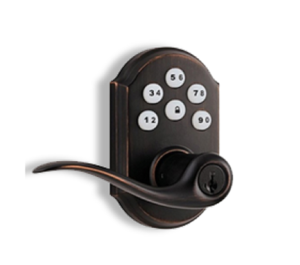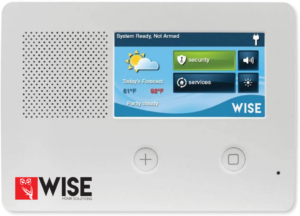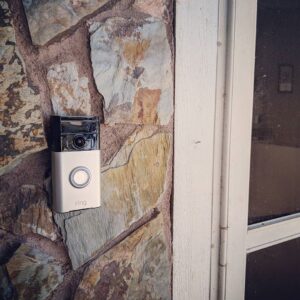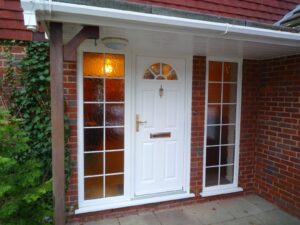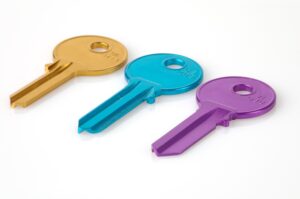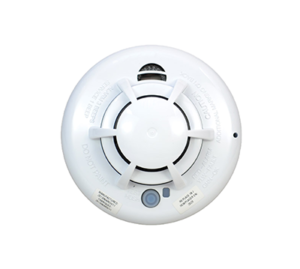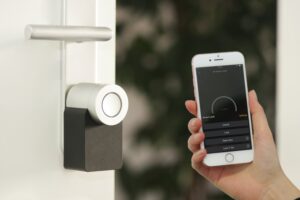Security tips, from us to you
Here at Wise, a dedicated security solutions company, we’ve accumulated a wealth of knowledge over the years. Today, we’re excited to share some invaluable insights with you, designed to better your home security. Let’s delve into a couple of key things that we, as experts, believe every homeowner should know.
At the core of a secure home is the proactive approach to security. Rather than merely reacting to potential threats, consider implementing preventive measures. This could include installing robust doors and windows, enhancing outdoor lighting, and investing in modern security systems. A proactive stance sets the foundation for a safer living environment.
Tech and Tailoring
In today’s tech-savvy world, leveraging smart home technology can be a game-changer. From smart doorbells with built-in cameras to remotely monitored security systems, integrating these technologies provides real-time insights and control. Security is not a one-size-fits-all concept. Every home has unique requirements, and tailoring security solutions to meet these needs is paramount. A personalized approach ensures that you’re not only securing your property effectively but also optimizing your investment in security measures.
Community Engagement for Enhanced Safety
Our experience has shown that strong community bonds contribute significantly to overall safety. Establishing connections with your neighbors, participating in neighborhood watch programs, and fostering a sense of collective responsibility can create a powerful network that deters potential threats.
Educating Yourself About Cybersecurity
As our lives become increasingly digital, home security extends beyond physical measures. Cybersecurity is a crucial aspect of overall safety. Safeguard your home network, regularly update passwords, and educate yourself on the latest online threats. A well-rounded security strategy encompasses both the physical and digital realms.

As a security solutions company, our mission is not just to sell products but to empower you with the knowledge needed to fortify your home. By implementing these insights, you’re not just enhancing your security; you’re taking a proactive step towards creating a safer haven for yourself and your loved ones. Stay safe!


